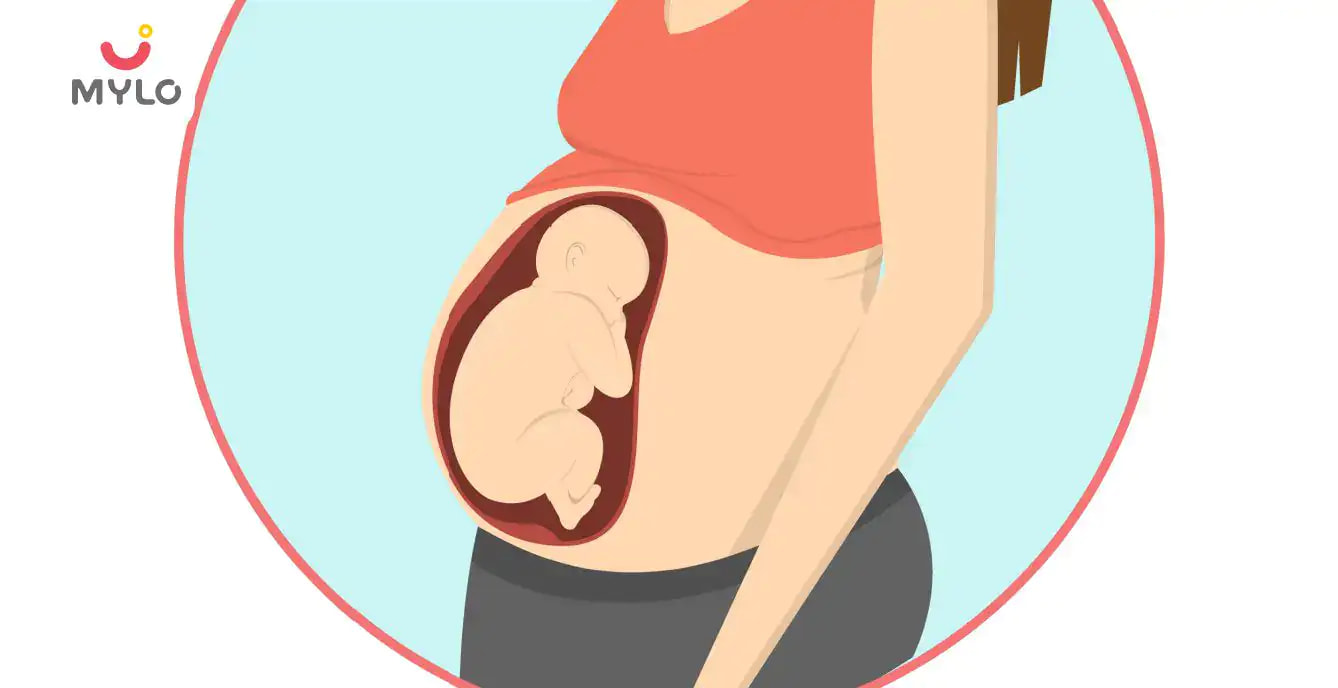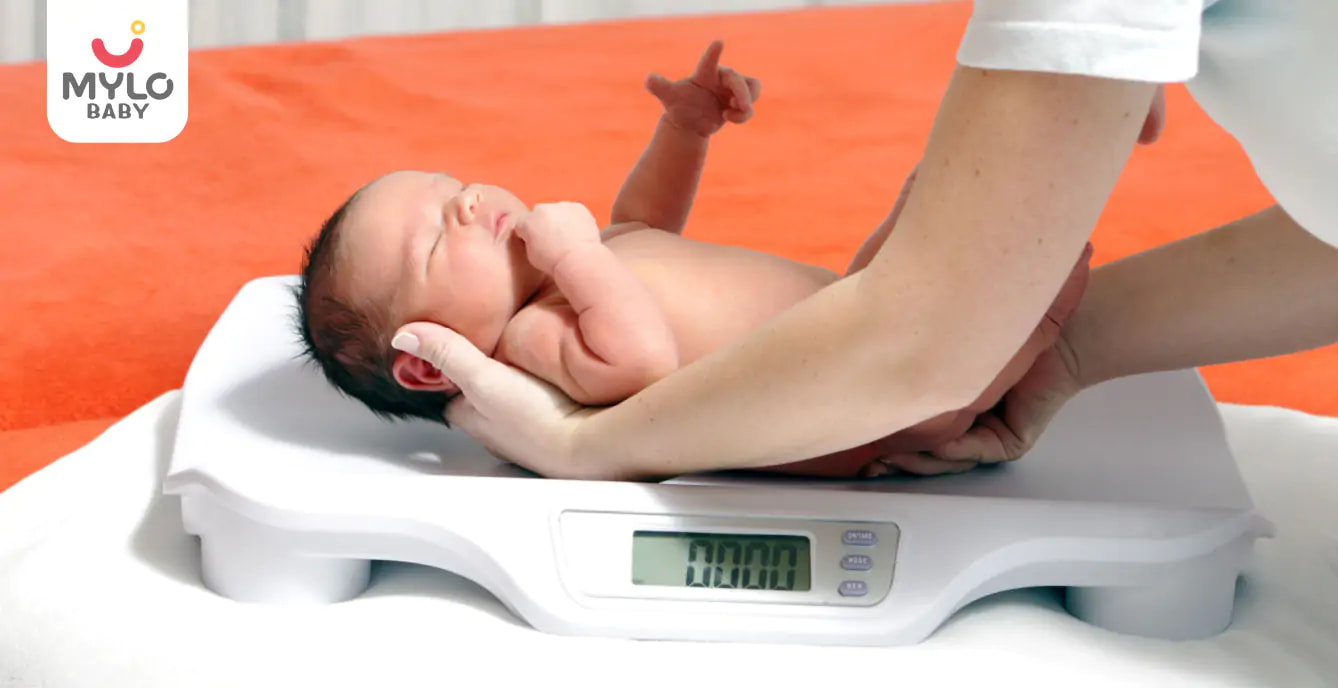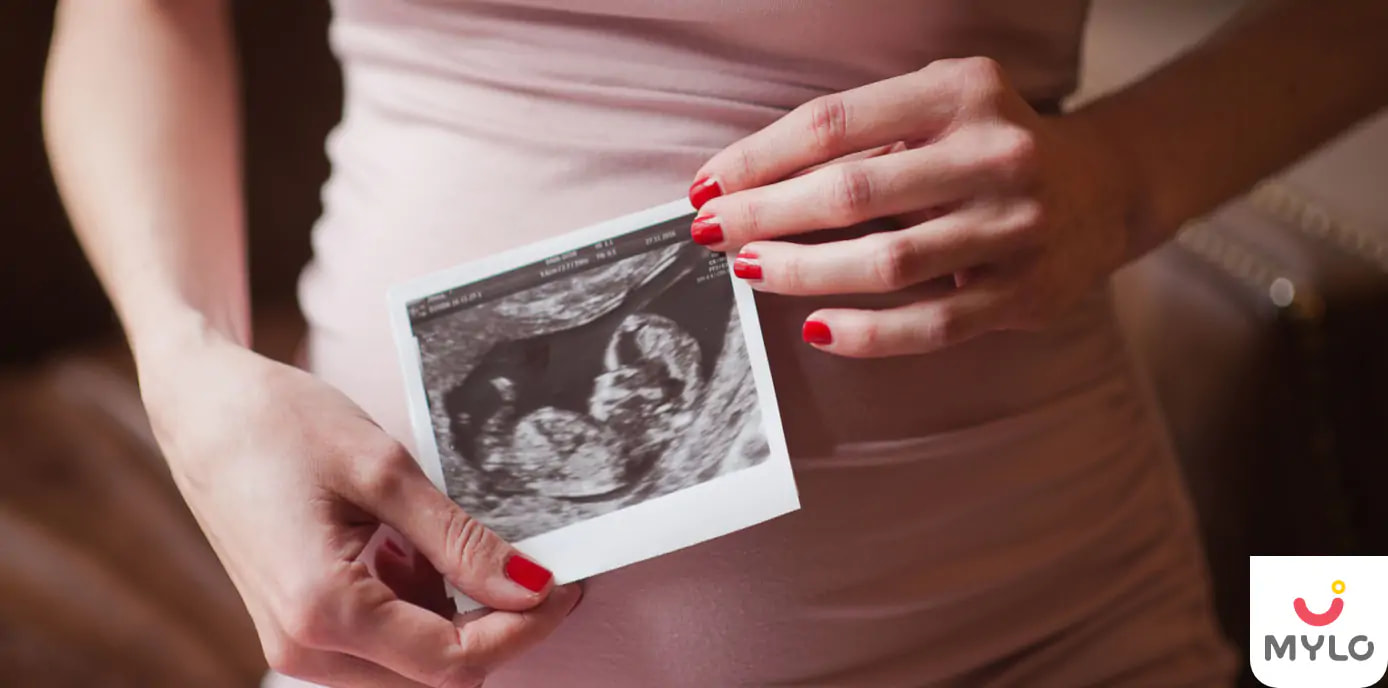Home

Labour & Delivery

Breech Baby: Causes, Risks, Flipping & Delivery
In this Article

Labour & Delivery
Breech Baby: Causes, Risks, Flipping & Delivery
Updated on 22 February 2023
When a baby is born ‘bottom first’ there is a greater chance of complications. This is partly because babies who are premature or have some type of physical problem, are more likely to be born bottom first. But it’s also because a breech birth doesn’t always go as smoothly as a headfirst birth. In this article, we will understand in detail about breech baby and birth, its causes, risks and solutions.
What is a breech baby?
A breech baby is when the baby’s feet or bottom is positioned to come out of the vagina first instead of the head. A baby’s breech position signifies that the baby’s head is positioned closest to the mother’s chest and the baby’s bottom is closest to her vagina. Baby’s breech position is common in early pregnancy but most babies move to a head-first position by week 36 of the pregnancy. The head-first position is known as vertex presentation and is the safest birth position.
How frequent is a breech baby?
About 3 to 4 per cent of all full-term pregnancies account for a breech baby. A baby’s breech position is much more common in premature delivery when the baby is yet to turn to a head-first position. Most babies turn to the head-first position before 37 weeks of pregnancy.
What impact does a breech baby have on pregnancy?
Pregnancy usually remains unaffected by a breech baby. Most breech babies are healthy at birth, however, there may be a slightly higher chance for certain birth defects. During pregnancy, a breech baby’s movements may feel slightly different. The baby’s kicks might be felt lower in the belly and the baby’s head might be closer to the ribs.
If you planned for a vaginal delivery, a breech baby may change your plans as a vaginal breech delivery is considered to be more complicated and dangerous. Your doctor may attempt a vaginal breech delivery or assisted breech delivery but most doctors recommend a caesarian section.
What impact does a breech baby have on delivery?
If your baby is still in a breech position after week 36 of pregnancy, your birthing plan is likely to change. A vaginal breech delivery is said to be unsafe as there’s a risk of injury. In most cases, a planned caesarian section is considered the safest way for delivering a breech baby. Some doctors may be comfortable with a vaginal breech delivery and some may try to turn the baby’s breech position in the uterus, if that’s still an option.
Symptoms of a breech baby
You may be able to know if your baby is a breech baby if you had a past pregnancy where your baby was in the head-first position. You may feel your baby’s kicks lower in the belly and their head closer to your ribs. If you notice a difference in your baby’s movements, let your doctor know so that they can perform an ultrasound to confirm your baby’s breech position.
Causes of a breech baby
The causes of a breech baby are not always known. However, there are certain factors that may contribute to a baby’s breech position, including:
-
When the mother is expecting multiple babies (twins, triplets or more) as it may make it harder for the babies to get into the right position.
-
There’s too much or too less amniotic fluid.
-
The uterus is abnormal in shape or has abnormal growths such as fibroids. If the uterus is shaped differently, there might not be enough room for the baby to move into the head-first position.
-
The placenta has covered all or some part of the cervix, known as placenta previa.
-
The baby needs to be delivered preterm, meaning they are less than 37 weeks' gestation and may not have turned to the head-first position.
-
The baby has a birth defect that affects their ability to turn to a head-first position.
Risks of turning my breech baby?
Most babies who are in a breech position turn themselves into a head-first position. If the baby is still breech at 37 weeks, it may be possible for the obstetrician to turn the baby using a technique called external cephalic version (ECV).
The risks of an ECV include the following:
-
Preterm rupture of the amniotic sac
-
Blood loss of either the mother or the baby
-
Emergency caesarian section
-
The baby may turn back to a breech position
How is a breech baby diagnosed?
The doctor may be able to identify a breech baby by placing their hands on your abdomen. By feeling the baby’s head, back and bottom, it’s possible to find out whether the baby will be born head-first or bottom-first. Additionally, an ultrasound can help confirm the baby’s breech position.
You may also like: Tips For A Normal and Safe Vaginal Birth
What solutions are there for handling a breech baby?
If the baby is in a breech present at 37 weeks of pregnancy, the doctor may try turning the baby’s breech position into a head-first position. If the baby’s position is not turned, the doctor may plan either a vaginal breech delivery or a caesarian section.
There are some other techniques you could try yourself to encourage your baby to turn, but there is no robust evidence to show whether they make a difference. You could try kneeling on your bed with your knees comfortably apart and your hip joints over your knees, and rest your shoulders down on the pillow. Some midwives recommend that this ‘knee-chest’ position can be adopted regularly towards the end of pregnancy, for about 15 minutes, two to three times a day.
What difficulties might arise when a baby is born breech?
The difficulties of having a breech baby usually don’t arise until it’s time to deliver the baby. Some breech babies can be delivered safely through a vaginal breech delivery; however, it includes certain risks:
-
Injury to the baby’s limbs such as dislocated or broken bones
-
The umbilical cord may be flattened or twisted during delivery, which may cause nerve or brain damage because of lack of oxygen.
FAQs
1. If my baby is breech, would my doctor try to turn it around?
Yes, most doctors either give the baby some time to let it turn around or try to turn it into a head-first position as it is the ideal birthing position.
2. Is breech birth more painful?
Yes, breech birth can be more painful and dangerous for the mother and her baby.
3. What happens if you deliver a breech baby?
You can deliver a breech baby either through a vaginal breech delivery or a caesarian section.
4. How late can breech babies turn?
A breech baby should turn into a head-first position latest by 36-37 weeks of pregnancy.



Written by
Ravish Goyal
Official account of Mylo Editor
Read MoreGet baby's diet chart, and growth tips

Related Articles
Related Topics
RECENTLY PUBLISHED ARTICLES
our most recent articles

Labour & Delivery
Everything You Need to Know About the Different Stages of Labour
Vitamins & Supplements
What are the Symptoms of Vitamin D Deficiency in Children?

Health Tips
Top 5 Effective Ways to Prevent Diabetes in Children

Vaccinations
Why and When Is the Tetanus Toxoid (TT) Vaccine Given During Pregnancy?
How to Guide Your Child to Make Healthy Food Choices and Get the Required Nutrition?

Allergies
How Can You Manage Asthma During Pregnancy?
- Water Breaking Early: Signs, Causes & Next Steps
- Foods to eat for healthy fetal brain development
- How touch can shape babies’ brain development
- In What Situations Can a Doctor Recommend You to Take Bed Rest During Pregnancy?
- How to Hold a Newborn Baby
- Why do you need to burp your baby and what are the best positions to burp your baby?
- Carpal Tunnel Syndrome or CTS During Pregnancy : Symptoms, Causes & Treatment
- Can Nipple Stimulation Help in Inducing Labor Naturally?
- Top 10 pregnancy do's and don'ts that is crucial to have a healthy baby
- 7 Excellent Sources of Omega-3 Fatty Acids For Expecting Mothers
- Epidural: Advantages, Disadvantages & Risks
- Dizziness During Pregnancy
- Bed Rest During Pregnancy: Does It Really Help?
- Food Poisoning During Pregnancy: Causes, Symptoms & Treatment


AWARDS AND RECOGNITION

Mylo wins Forbes D2C Disruptor award

Mylo wins The Economic Times Promising Brands 2022
AS SEEN IN
















- Mylo Care: Effective and science-backed personal care and wellness solutions for a joyful you.
- Mylo Baby: Science-backed, gentle and effective personal care & hygiene range for your little one.
- Mylo Community: Trusted and empathetic community of 10mn+ parents and experts.
Product Categories
baby carrier | baby soap | baby wipes | stretch marks cream | baby cream | baby shampoo | baby massage oil | baby hair oil | stretch marks oil | baby body wash | baby powder | baby lotion | diaper rash cream | newborn diapers | teether | baby kajal | baby diapers | cloth diapers |








